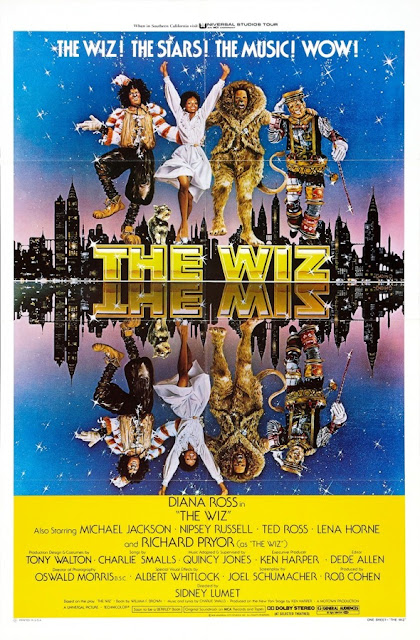Max Baer Jr. enjoyed a
minor acting career until landing the role of Jethro on the hit 1962-1971
sitcom The Beverly Hillbillies. Alas,
typecasting rendered Baer virtually unemployable once the show ended.
Undaunted, he moved behind the camera to produce low-budget movies, the second
of which was Macon County Line. The lurid
potboiler earned huge profits on the drive-in circuit and opened the door for
Baer to become a director of Southern-fried pictures including the
respectable-ish Ode to Billy Joe
(1978). The reason it’s worth dwelling on behind-the-scenes data is that Macon County Line is an underwhelming
cinematic experience—therefore, the fact that it had an impact lends the
picture a small measure of significance.
In any event, the film—cowritten by
Baer and Richard Compton (who also directed)—is a straightforward bummer
narrative about mistaken identity. In 1954 Louisiana, two young brothers, Chris
and Wayne Dixon (played by real-life siblings Alan and Jesse Vint), travel the
countryside, getting laid and getting into trouble before commencing military
service. Meanwhile, a pair of psychotic drifters roams the same terrain. Caught
in the middle is small-town cop Reed Morgan (Baer). The drifters kill Reed’s
wife, but Reed mistakenly believes the Dixon brothers are responsible. Tragedy
ensues. The first hour of Macon County
Line is disjointed and dull, lurching from playful scenes of Chris courting
cute hitchhiker Jenny (Cheryl Waters) to grim scenes of the drifters committing
crimes. There’s also a peculiar subplot in which Reed educates his young son
(Leif Garrett) about the finer points of being a proper Southern racist. The
whole thing leads up to a pointless twist ending that Baer and Compton stage
like a vignette from a horror movie. Presumably, the combination of a gotcha climax
and pandering redneck stereotypes made an impression on audiences, hence the
box-office haul, but it’s hard to categorize Macon County Line as anything but a pop-culture aberration.
Nonetheless, the picture inspired a quasi-sequel, Return to Macon County, which features an all-new cast and all-new
characters, although the storyline is basically just a retread of the previous
movie. (Compton returned as director, and he wrote the second movie solo, but
Baer was not involved with the follow-up.) This time, the horndog young heroes
are Bo and Harley, played by a pre-fame Nick Nolte and Don Johnson. The story
takes place in 1958, and it revolves around Bo and Harley traveling the country
to enter drag races. As in the previous picture, the boys hook up with a pretty
girl (Robin Mattson) and invoke the ire of a crazed cop (Robert Viharo).
Despite the charisma of the male leads, Return
to Macon County is drab and sluggish. The story takes forever to get
moving, and relies even more heavily on contrived circumstances than its
predecessor. It doesn’t help that Nolte outclasses every other actor in the
movie—with his bearish build and rascally intensity, he’s a potent image of
youthful rebellion even when’s playing trite scenes and spewing vapid dialogue.
It’s no surprise, then, that Nolte rose to major stardom with his very next
project, the epic miniseries Rich Man,
Poor Man (1976). Just like it’s no surprise there wasn’t a third entry in
the Macon County franchise.
Macon County Line: FUNKY
Return to Macon County: LAME
Return to Macon County: LAME















